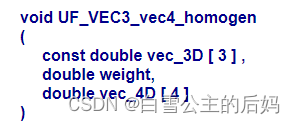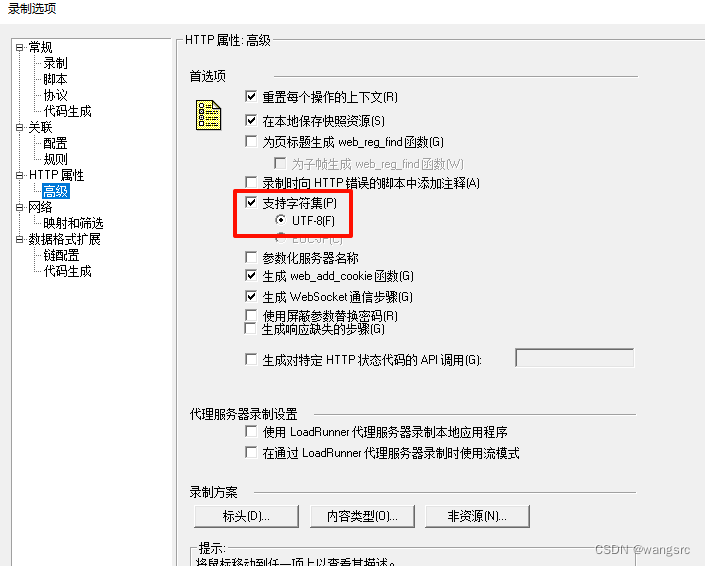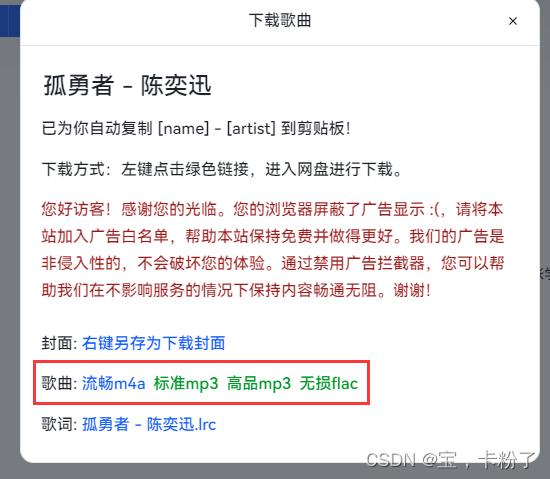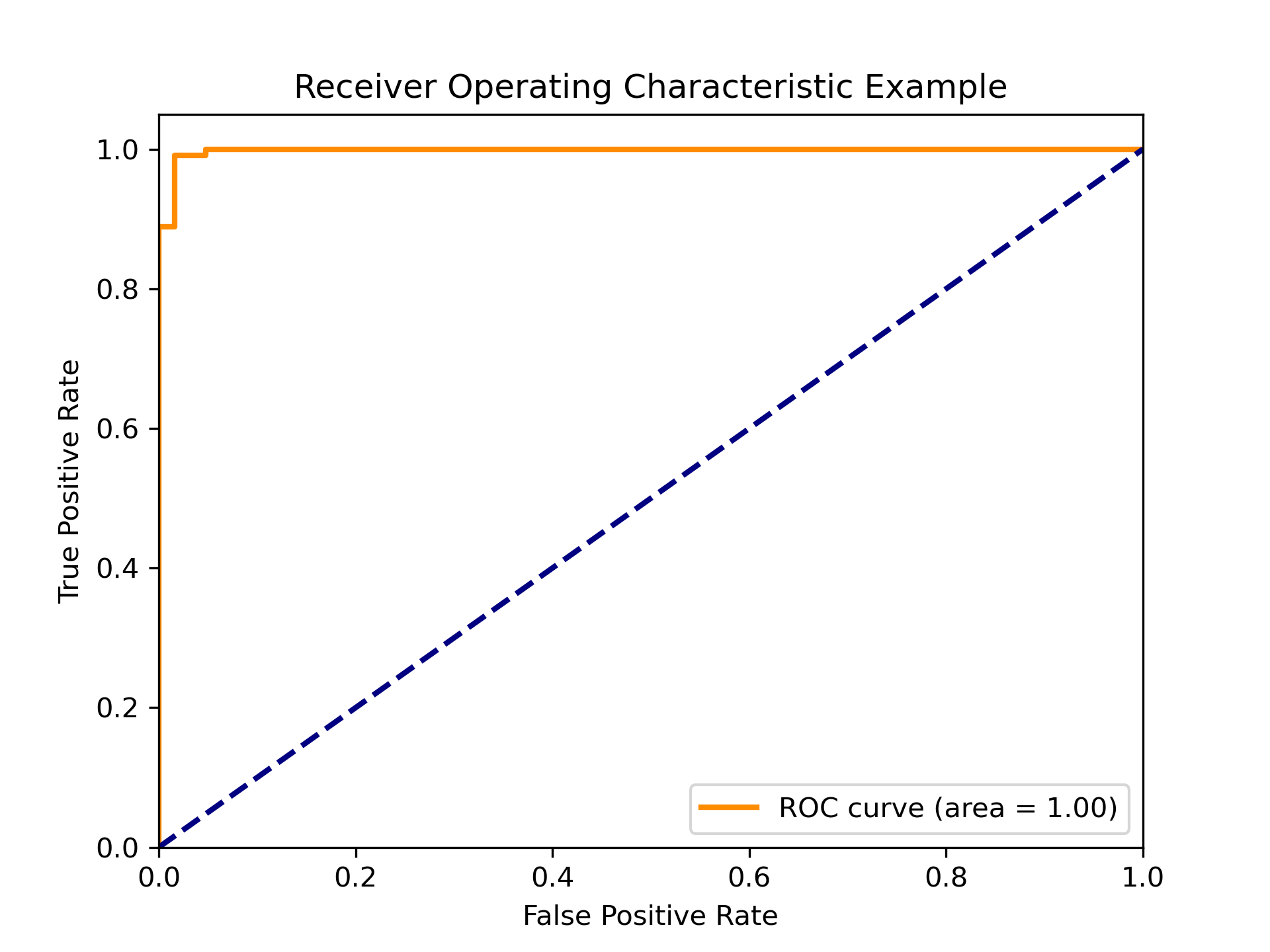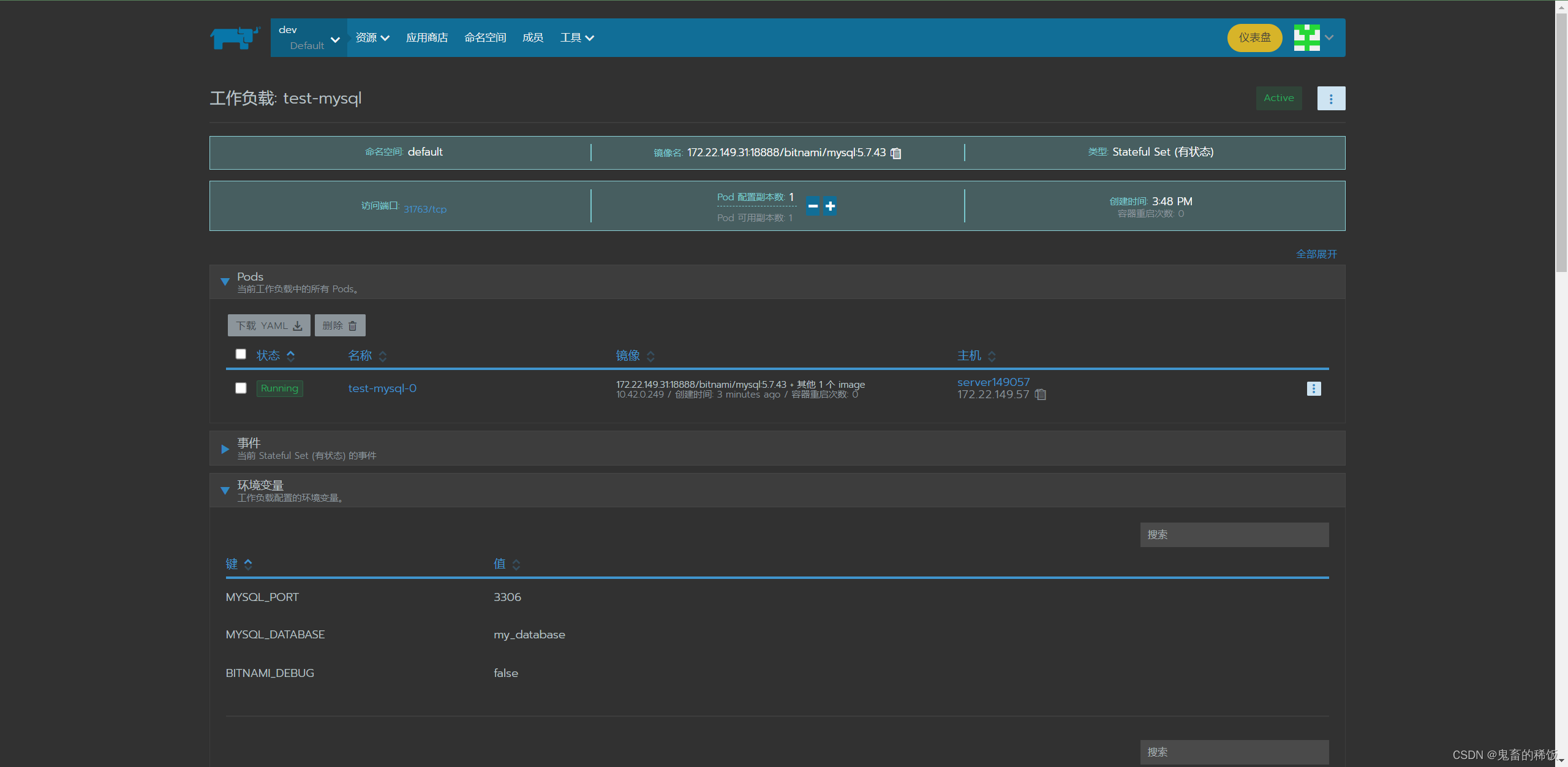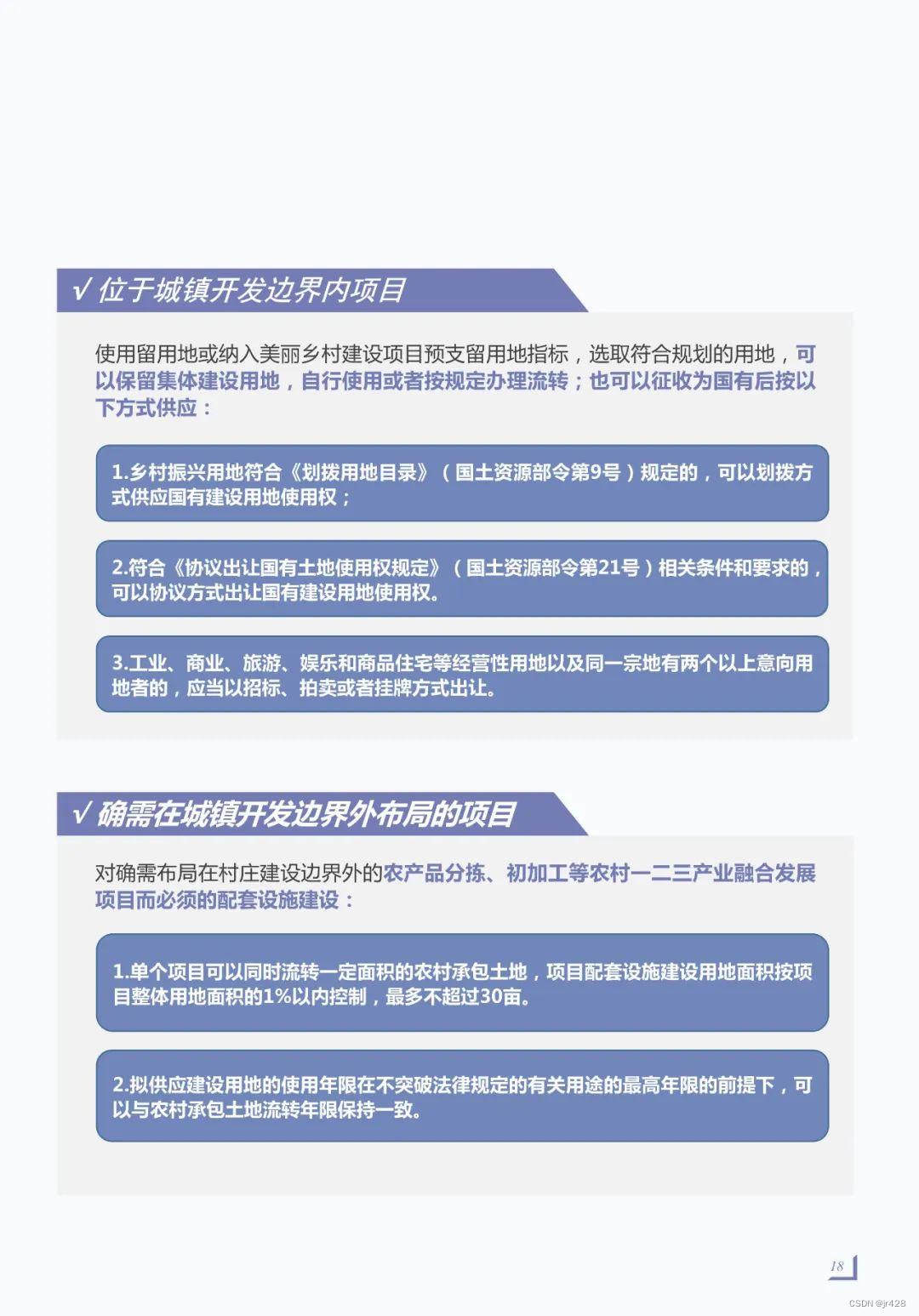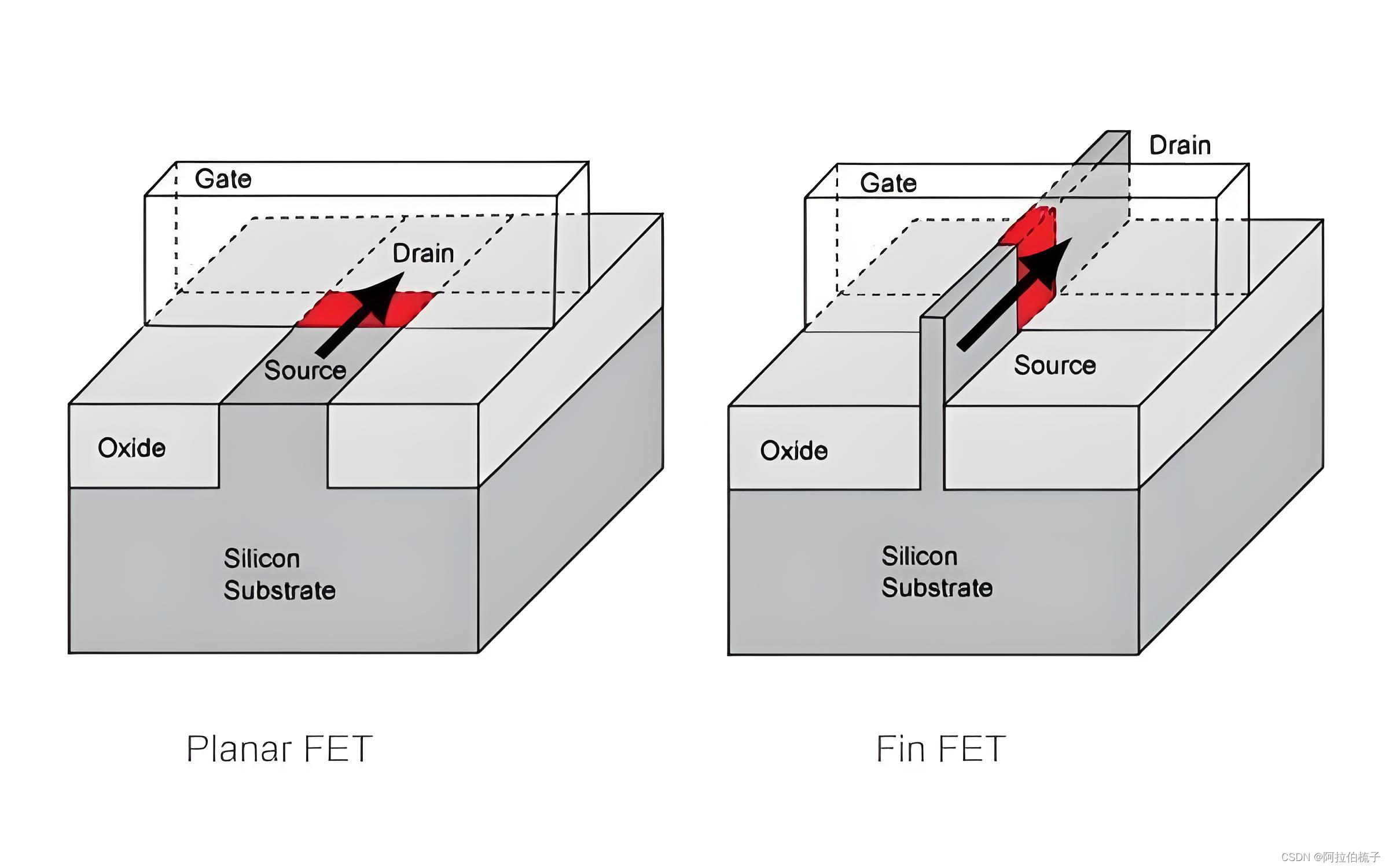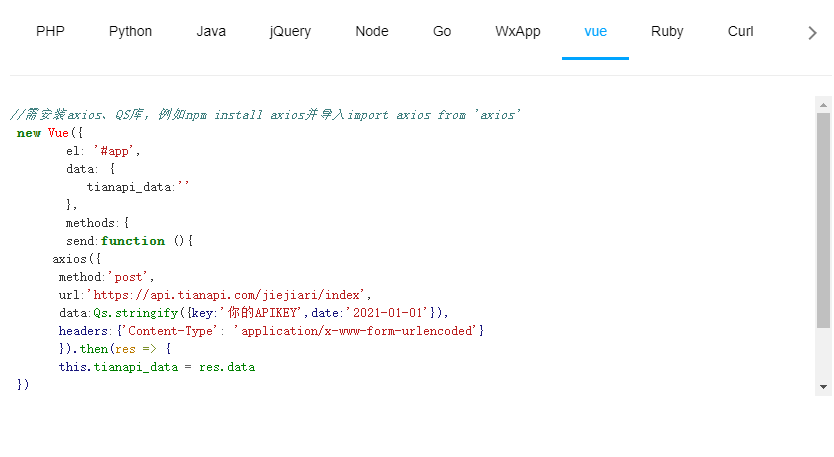在现代语音识别系统中,动态规划是一种非常关键的技术。它能够帮助我们将复杂的语音信号转换为可理解的文字信息。在本文中,我们将探讨如何使用动态规划方法在有向图上实现语音识别。我们将首先介绍问题的背景和基本概念,然后提供一个高效的算法来解决这个问题,并通过伪代码和C代码示例来详细说明算法的实现。最后,我们将分析算法的时间复杂度。

背景和基本概念
在语音识别中,我们通常有一个由声音单元(例如音素或字母)组成的有限集合,以及一个由这些声音单元组成的特定语言的词汇表。我们的目标是识别出一个给定语音信号中的文字信息。
为了解决这个问题,我们构建了一个有向图G=(V,E),其中每个顶点代表一个声音状态,每条边(u,v)∈E代表从一个状态转移到另一个状态的可能性,并且每条边都有一个与之相关的声音标签σ(u,v)。这些标签来自于有限的声音集合。从图中的特定顶点v₀开始,每条路径都对应一个可能的声音序列,路径的标签是路径中边的标签的简单连结。
算法设计
我们的算法目标是找到一条从特定顶点v₀开始的路径,其标签与给定的声音序列s=<o₁,o₂,…>匹配。如果存在这样的路径,我们返回该路径;否则,返回NO-SUCH-PATH。
伪代码
ALGORITHM FindPathWithLabel(G, v₀, s)
Input: 有向图G,起始顶点v₀,声音序列s
Output: 匹配的声音序列路径或NO-SUCH-PATH
Initialize empty list path
for each vertex u in G do
if u is the starting vertex v₀
if s is empty
return u
if the label of u matches the first element of s
Append u to path
result = RecursiveFindPath(G, s, path)
if result is not null
return result
return NO-SUCH-PATH
ALGORITHM RecursiveFindPath(G, s, path)
Input: 有向图G,剩余声音序列s,当前路径path
Output: 匹配的声音序列路径或NO-SUCH-PATH
if s is empty
return path
for each neighbor v of the last vertex in path do
if the label of v matches the next element of s
Append v to path
result = RecursiveFindPath(G, s, path)
if result is not null
return result
Remove v from path
return NO-SUCH-PATH
C代码示例
#include <stdio.h>
#include <stdlib.h>
// Define a structure for a vertex in the graph
typedef struct Vertex {
char label;
struct List *neighbors;
} Vertex;
// Define a structure for a graph
typedef struct Graph {
Vertex *vertices;
int numVertices;
} Graph;
// Define a function to find a path with the given label
Vertex* FindPathWithLabel(Graph *G, char *s) {
// Your implementation goes here
// This is a placeholder for the actual implementation
return NULL;
}
int main() {
// Example usage of the FindPathWithLabel function
// Create a graph, add vertices and edges, and then call the function
// Your graph setup code goes here
// Call the function with the voice sequence
char voiceSequence[] = "abc";
Vertex *path = FindPathWithLabel(G, voiceSequence);
// Check if a path was found
if (path != NULL) {
// Print the path
} else {
printf("NO-SUCH-PATH\n");
}
return 0;
}
时间复杂度分析
在上述算法中,我们需要遍历图中的所有顶点和边来找到匹配的声音序列路径。对于每个顶点,我们需要检查其所有邻居节点,并且对于每个邻居节点,我们可能需要递归地搜索其子图。在最坏的情况下,我们需要遍历整个图,这意味着算法的时间复杂度是O(n^2),其中n是图中顶点的数量。
然而,实际情况中,由于声音序列的长度和图的结构,算法的实际运行时间可能会远小于这个最坏情况的估计。例如,如果声音序列很短,或者图中的边有明确的结构(如树形结构),那么我们可以在较少的时间内找到匹配的路径。
结论
在本文中,我们介绍了如何使用动态规划方法在有向图上实现语音识别。我们提供了一个伪代码示例和一个C代码框架,以及对算法时间复杂度的分析。通过这种方法,我们可以有效地识别出给定语音信号中的文字信息,为语音识别技术的发展提供了有力的工具。
